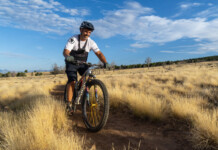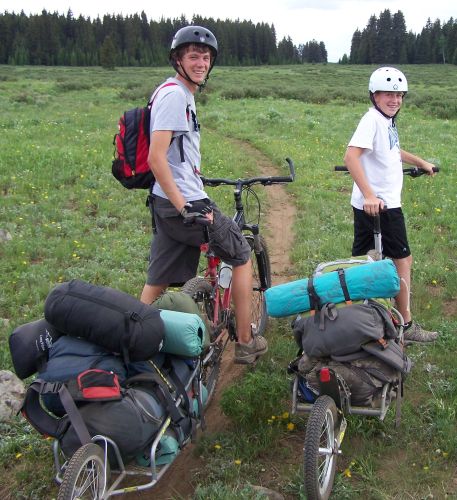By Tom Jow — The rider that has not had a crash may never think to replace their helmet. The rider that has crashed yet did not hit their head may also find little reason to purchase a new one. However, bicycle helmets, like many types of gear that are exposed to extreme hot and cold, and ultraviolet light can deteriorate with time. These and other elements can break down and/or dry out (harden) the EPS (expanded polystyrene) layer of the helmet. This can reduce the effectiveness of the helmet to properly absorb impact. Helmet manufacturers recommend replacing an undamaged helmet every three to five years. Any helmet that has suffered a crash impact should be replaced whether or not there is visual damage.
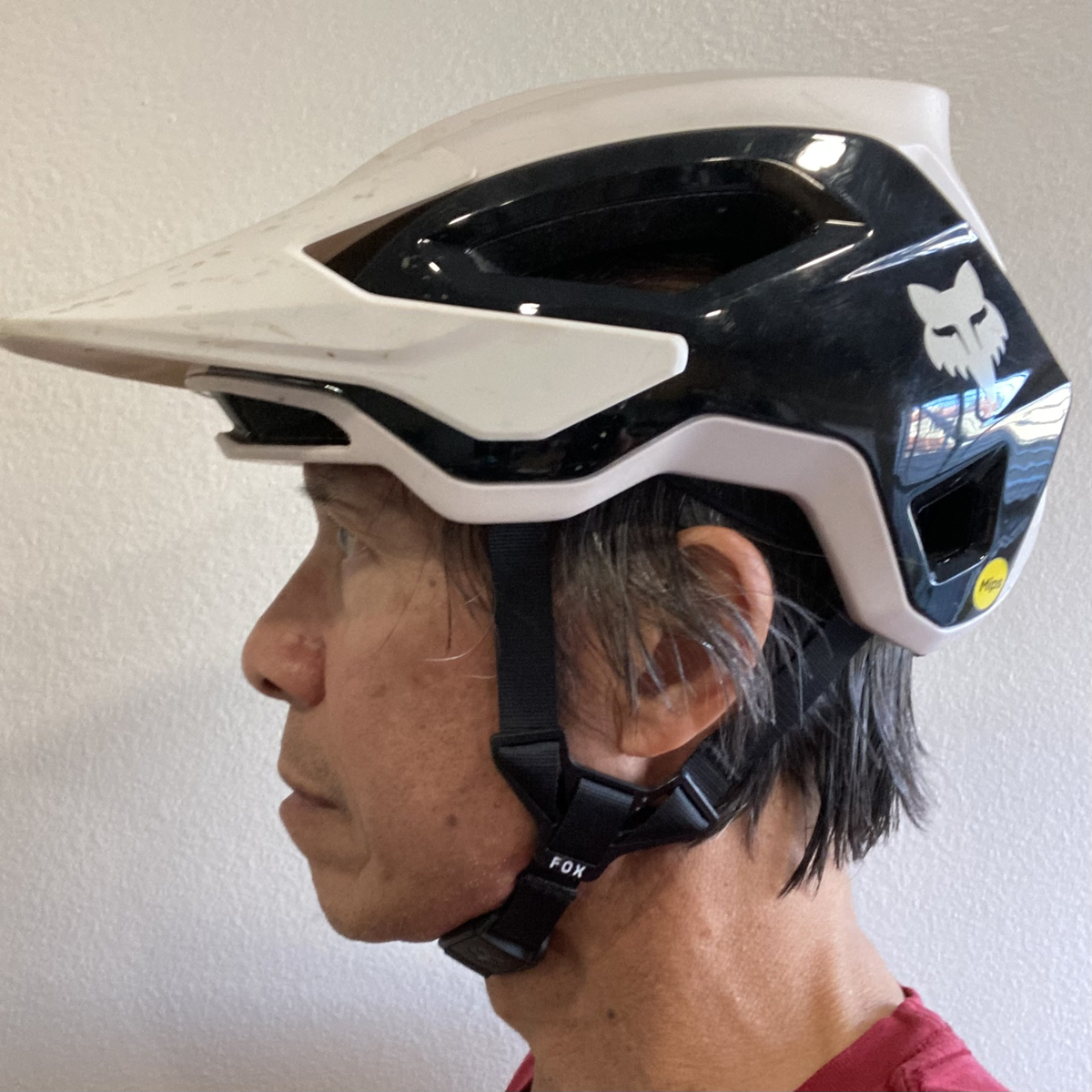
For better or worse, I have had to replace two helmets over the last several years for just this reason. When shopping for a new helmet, there are several factors that make up the reason we decide on one or the other. Myself, I begin with intended use. I ride several different types of bikes, and it is important to have the correct level of protection for each. The helmet for downhill (full face obviously) is different from mountain bike trail riding, road/gravel, and town riding. Next, I look at the price. While all helmets sold are certified for use, more expensive helmets have more features that offer a little more protection for specific uses. I admit I don’t purchase the most expensive, but not the least expensive either. Also, call me vain but color matters too. I want a helmet that decently matches my outfits. Finally, after I wrote, “A Helmet is More than a Brain Bucket” (Cycling West, August 2024), I found it important to have a helmet with advanced protection like MIPS, Turbine, Koroyd, or similar technology.
Helmet Standards and Testing
All helmets approved for sale in the United States must meet a minimum standard set by the Consumer Protection Safety Commission (CPSC). Each approved helmet must pass a series of four tests: peripheral vision, positional stability, retention strength, impact attenuation (force reduction)[1]. An obvious concern when purchasing a helmet is impact attenuation. For testing, a minimum of eight helmets per model is required to be subjected to impact under different conditions. These conditions include hot (117-127°F), cold (1-9°F), wet (soaked underwater), and room temperature. The impacts for each helmet include flat, round, and curb shaped anvils, each with 80 grit sandpaper to simulate asphalt. To simulate impact, a weighted head form is inserted into the helmet and dropped from approximately 6 feet (6.2m/s) to the flat anvil, and 4 feet (4.8 m/s) to round and curbstone anvils.
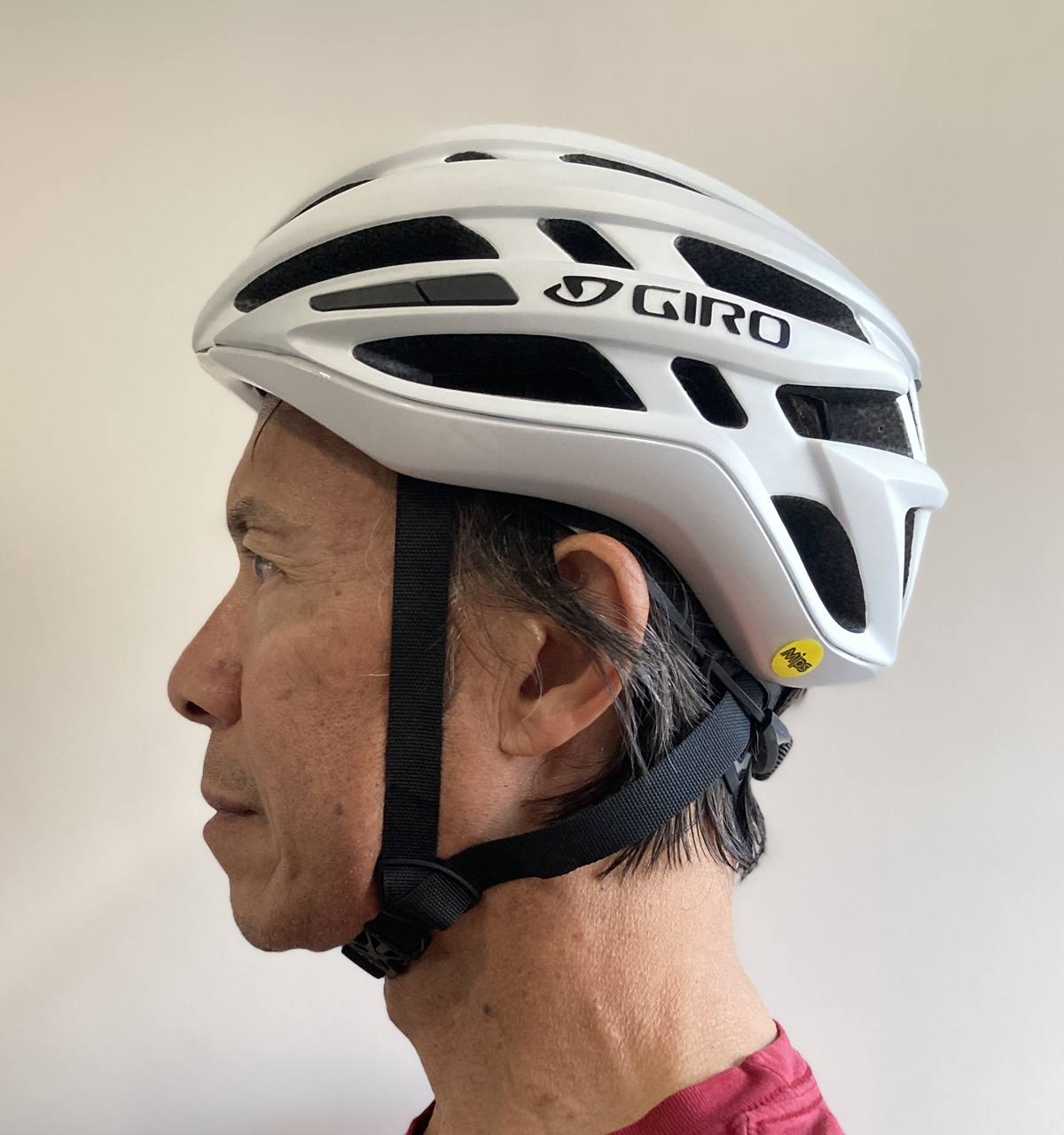
Only after passing these tests is a helmet brand/model approved for sale. The CPSC, however, does not rank helmets for a level of protection beyond the minimum. In order to do this, we would have to know two things: how much force it takes to cause head injury and how much force is being applied. As much as science knows about head injuries, it is not possible to test bicycle helmets on live subjects. However, Virginia Tech University figured out a way.
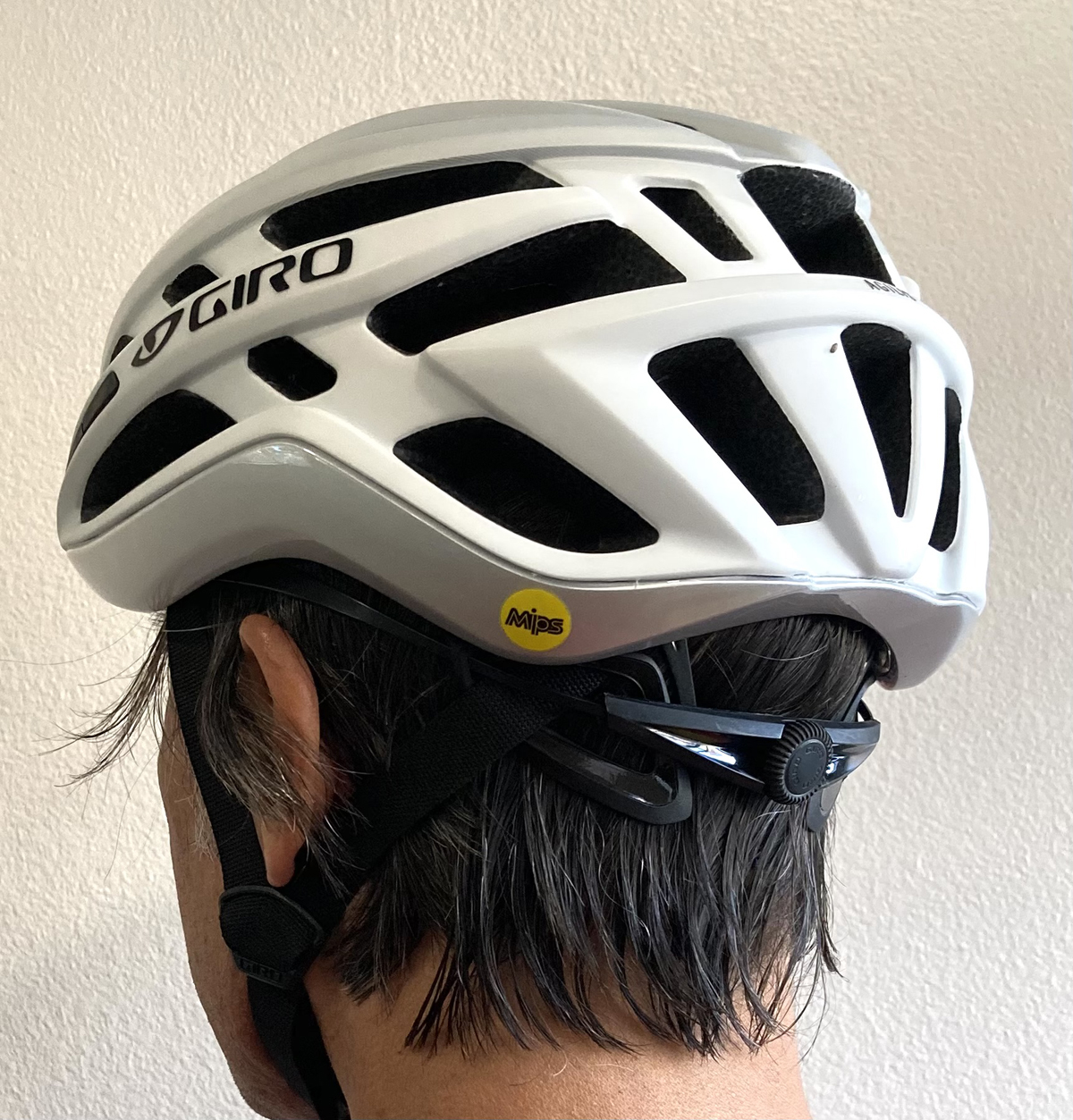
In the early 2000’s, The Biomedical Engineering Helmet Lab at Virginia Tech University, began recording helmet impact forces by placing sensors inside the helmets of football players, a user group at high risk of concussion. By doing so, this allowed their lab to correlate concussion with real-life impact forces. The resulting data enabled the lab to both determine the forces behind concussion and improve helmet safety. Furthermore, the lab is able to provide test result rankings not only for football, but bicycle, hockey, and other sports[2].
The Virginia Tech Helmet Rankings page[3] is easy to navigate. It opens with the highest rated helmets first, showing the helmet on a head form. There is a row of buttons on top to filter by category, i.e., road, mountain, etc. Each helmet also displays a number of stars (five being best) and a score (lower being better). Click on the helmet and a couple graphs appear. One compares the helmets individual score to the average of the five-star helmets. The star rating is very easy to understand. The individual score, however, was not. In the Virginia Tech paper, STAR Methodology for Bicycle Helmets, the scoring system is explained. The bottom line of the scoring is a representation of the number of concussions estimated that would occur out of a calculated average (47) number of impacts likely to cause concussion[4]. A helmet with a score of 8.7 is estimated to suffer that many concussions out of the forty-seven impacts. Therefore, that same helmet is theoretically safer than a five-star helmet with a score of 10.1.
Helmet Fit
All of this data aside, the helmet we choose will be less effective during impact if it does not fit or is not worn properly. In order to find a good fit, it can be helpful to know the circumference of our head. With a metric tape measure, wrap it around the head horizontally just above the eyebrows. Then, consulting size charts pick out a helmet that fits all our criteria in the size we need. Most helmets are sized S, M, L and XL. For example, if the circumference is fifty-six centimeters, the size is probably medium. Now try the helmet on. A good fit is one where the helmet sits all the way on the head, just above the eyebrows and within the range of the inner shell adjusting strap. If it seems too big, especially if the adjusting strap is all the way closed, it probably is. A good strategy for finding proper helmet fit is to find a size that feels about right, then try on a smaller one. It is much easier to figure out if the helmet is too small.
Once the helmet is selected (and presumably purchased) it is time to adjust the straps. The first thing to know about adjusting helmet straps is to DO IT AT HOME. Attempting to adjust the helmet straps on a ride is a sure way to be frustrated and irritate any friends with us. The first adjustment to make is to the side (ear) buckle. If the straps are adjustable here, position it close under the ear. At the same time, adjust the front straps to hold the front of the helmet down near the eyebrows. This is, however, dependent upon the chin strap adjustment. In order to keep the helmet on the head during a crash, it should be tight enough that just one finger fits under. Work between the two straps until the helmet covers at least most of the forehead with light upward pressure.
Helmet Care
While a bicycle helmet does not appear all that complicated, considering its job, it does deserve a little care and maintenance. Remember that manufacturers design helmets to absorb impact. Therefore, avoid unnecessary impacts such as dropping it on the ground, dropping things on top of it, or wantonly throwing it in the back of the car. If it comes with a storage bag, use it, and whenever possible keep the helmet near room temperature. Finally, keep it clean. A buildup of sweat and skin oils if not damaging, is just not hygienic. Occasionally wash the interior of the helmet and straps with mild soap or shampoo.
Conclusion
A bicycle helmet is an important part of our cycling kit. Having one that looks good and fits properly can help us ride more confidently, more comfortably, and maybe even faster with less risk should the worst happen. However, in order to do so we must be sure to take the time to select the appropriate helmet, adjust for the proper fit, take a little care of it, and replace it at the correct time, impact or not. Most importantly, we must wear it.
References:
- https://www.cpsc.gov/FAQ/Bicycle-Helmets
- https://www.helmet.beam.vt.edu/lab.html
- https://www.helmet.beam.vt.edu/bicycle-helmet-ratings.html
- Bland, Megan L.; McNally, Craig; Rowson, Steven, “STAR Methodology for Bicycle Helmets,” Bicycle Helmet Star Protocol, 30 May 2018, https://vtechworks.lib.vt.edu/items/6d20e999-4180-4040-ba77-a4eef66ad1fa


